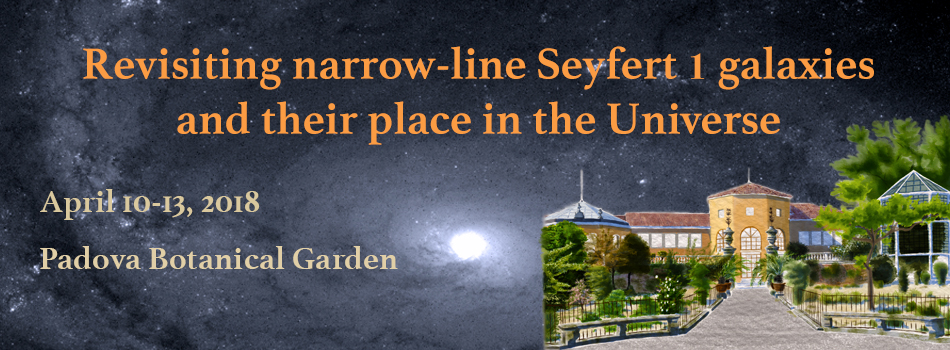Speaker
Description
Narrow-line Seyfert 1 galaxies (NLS1s) are a class of active galactic nuclei (AGN) characterized by narrow permitted emission lines, low [O III]/H$\beta$ ratio and the presence of Fe II multiplets in the spectrum, indicating that the inner part of the AGN is not obscured. Even though they have been discovered almost 30 years ago, their nature is still under debate and, for these reasons, new observational campaigns have been recently carried out specifically to study the properties of NLS1s.
In a recent VLA radio survey of NLS1s at 5 GHz, we discovered an object with very interesting properties. This galaxy, Mrk 783, showed an emission with a maximum extension of 14 kpc characterized by very steep spectral indexes, which has been tentatively classified as a relic due to intermittent activity of the AGN.
However, this source shows even more peculiar properties than the extended radio emission. SDSS images show the presence of extended structures, likely spiral arms or tidal tails, and of a compact emission 1.5" West with respect to the position of the AGN, which becomes more and more evident moving towards redder filters. Those features might be a hint of a recent interaction of the object with a companion. A preliminary spectroscopic follow-up in the optical band (Congiu et al. 2017c) also discovered a very extended emission that seemed to be aligned (at least partially) to the radio one. The [O III] emission line can be traced up to $\sim $ 30 kpc from the nucleus, making Mrk 783 one of the first NLS1s with an extended narrow-line region (ENLR) and the object with the larger ENLR discovered so far. From the preliminary analysis, the emission seems to be caused mainly by gas ionized by the AGN, but traces of star formation have been observed.
What is happening in this galaxy? How the AGN is related to the peculiar properties of this object? In this talk I will try to answer these questions presenting the final results of the analysis of the data, discussing their implication in the characterization of the AGN and of its host galaxy and how Mrk 783 is related to the class of the NLS1 galaxies.
| Grant | no |
|---|

